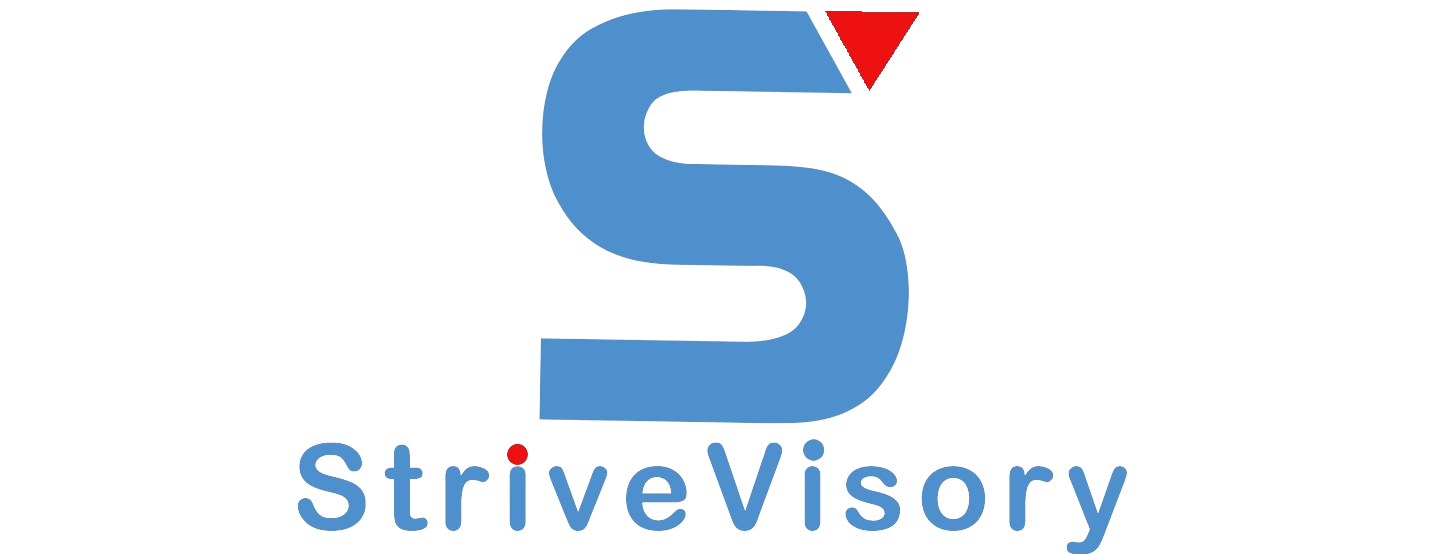
Osungboun Samson Bolarinwa
HR & Business Consultant
In today’s rapidly evolving and complex business environment, the ability to effectively identify and solve problems is crucial for business and industry leaders. To navigate the challenges and uncertainties that come with leading organizations, it is imperative to establish a structured problem-discovery and problem-solving framework. This article discusses the importance of such a framework and provides insights into its key components.
The Importance of Problem Discovery and Solving
Effective problem discovery and solving are fundamental to the success of any business or industry. Leaders who can identify and address issues efficiently not only mitigate risks but also capitalize on opportunities. By embracing a structured framework, business leaders can make better decisions, foster innovation, and enhance their organizations’ competitive edge.
Key Components of a Problem Discovery and Solving Framework
- Define the Problem:
The first step in any problem-solving framework is to define the problem precisely. This involves clarifying the issue, understanding its impact, and setting clear objectives for resolution. Leaders should ask questions like “What is the problem?” and “Why is it a problem?” to gain a deep understanding of the issue. - Gather Information:
Once the problem is defined, gather relevant information and data. This may involve conducting research, consulting experts, and using analytical tools to gain insights into the problem’s root causes and potential solutions. - Analyze and Prioritize:
With a solid information base, leaders should analyze the data to identify patterns, trends, and potential solutions. Prioritization is crucial here to address the most critical issues first. Leaders should consider both short-term and long-term implications. - Generate Solutions:
Encourage creative thinking and brainstorming to generate a range of possible solutions. Leaders should involve diverse teams or stakeholders to foster innovation and consider multiple perspectives. The goal is to identify the most promising solutions. - Evaluate Solutions:
Assess each potential solution against defined criteria, considering feasibility, cost, impact, and alignment with organizational goals. This evaluation should lead to the selection of the most appropriate solution. - Implement and Monitor:
After selecting a solution, create an action plan for its implementation. Monitor the progress and make necessary adjustments along the way. Continuously assess the solution’s effectiveness and adapt as needed. - Learn and Adapt:
A problem discovery and solving framework should be iterative. Leaders should take the time to reflect on the process, learn from their experiences, and adjust their approach as they encounter new challenges. This continuous improvement cycle is essential for long-term success.
Conclusion
Developing a problem-discovery and problem-solving framework is vital for business and industry leaders to navigate the complexities of today’s fast-paced world. By following a well structured approach that encompasses problem definition, information gathering, analysis, solution generation, evaluation, implementation, and ongoing learning, leaders can enhance their decision-making and problem-solving capabilities. This framework will empower them to make informed choices, promote innovation, and drive their organizations toward success in an ever-changing business landscape.
